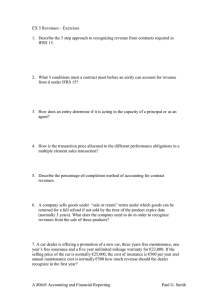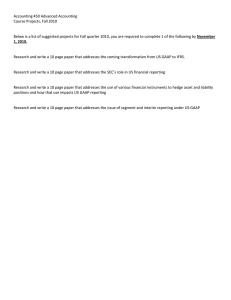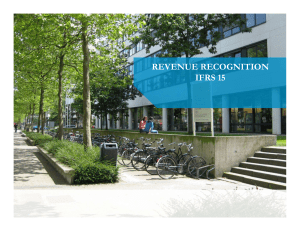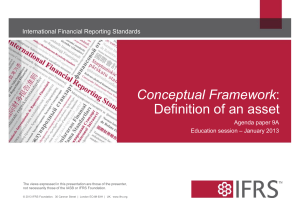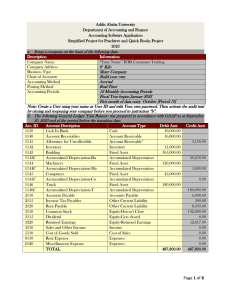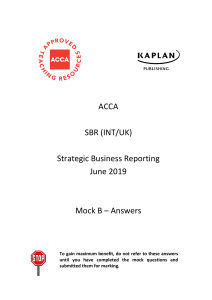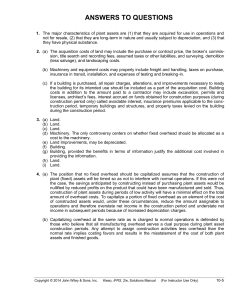Neuralstem Inc. Case Study: Financial Analysis & Long-Term Assets
advertisement
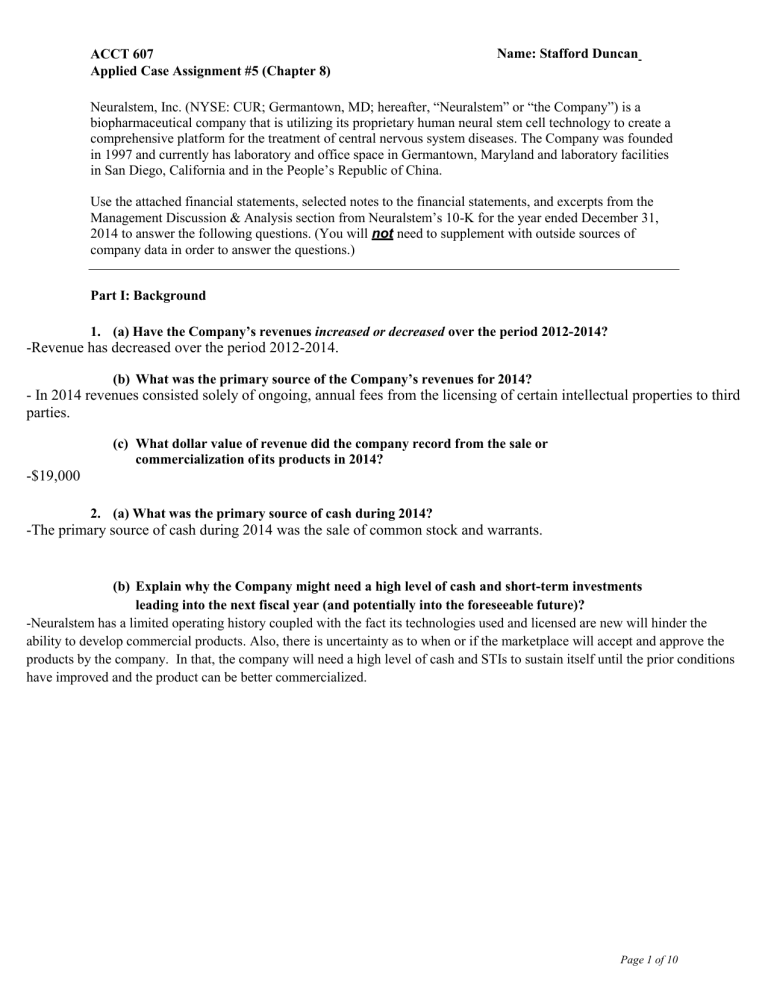
ACCT 607 Applied Case Assignment #5 (Chapter 8) Name: Stafford Duncan Sta Neuralstem, Inc. (NYSE: CUR; Germantown, MD; hereafter, “Neuralstem” or “the Company”) is a biopharmaceutical company that is utilizing its proprietary human neural stem cell technology to create a comprehensive platform for the treatment of central nervous system diseases. The Company was founded in 1997 and currently has laboratory and office space in Germantown, Maryland and laboratory facilities in San Diego, California and in the People’s Republic of China. Use the attached financial statements, selected notes to the financial statements, and excerpts from the Management Discussion & Analysis section from Neuralstem’s 10-K for the year ended December 31, 2014 to answer the following questions. (You will not need to supplement with outside sources of company data in order to answer the questions.) Part I: Background 1. (a) Have the Company’s revenues increased or decreased over the period 2012-2014? -Revenue has decreased over the period 2012-2014. (b) What was the primary source of the Company’s revenues for 2014? - In 2014 revenues consisted solely of ongoing, annual fees from the licensing of certain intellectual properties to third parties. (c) What dollar value of revenue did the company record from the sale or commercialization of its products in 2014? -$19,000 2. (a) What was the primary source of cash during 2014? -The primary source of cash during 2014 was the sale of common stock and warrants. (b) Explain why the Company might need a high level of cash and short-term investments leading into the next fiscal year (and potentially into the foreseeable future)? -Neuralstem has a limited operating history coupled with the fact its technologies used and licensed are new will hinder the ability to develop commercial products. Also, there is uncertainty as to when or if the marketplace will accept and approve the products by the company. In that, the company will need a high level of cash and STIs to sustain itself until the prior conditions have improved and the product can be better commercialized. Page 1 of 10 NEURALSTEM, INC. Part II: Spotlight on Long-term Operational Assets: 3. (a) What is the approximate age (on average) of the Company’s “property and equipment?” -The approximate age at 2014 of property and equipment is about 3 – 3.5 years Depreciation Exp = (Cost-Residual)/ (Useful Years) Since no residual value was stated in this case: Useful Years = (Cost)/ (Avg Depreciation Expense) =784,497/121,000 = 6.5 years (b) Is that relatively new or relatively old compared to the expected life of the property and equipment? Explain. -If the average age of the equipment is closer to 3 ½ years then the equipment is relatively old based on the estimated 6 to 6 ½ useful life years of the equipment. Passing half of its useful life it is assumed the efficiency et al of the equipment has also been reduced relative to its age. 4. Assume that the Company purchased its additional Property and Equipment with cash. Write the journal entry that the Company would have used to record the purchase of Property and Equipment in 2014. No. 1 Property & Equipment (+A) Cash (-A) $207392 $207392 5. (a) The Company engages in significant research and development activities. What account on its Balance Sheet is currently affected the most by those research and development activities? Explain. -The account for Patents is currently most affected by R&D activities. Since the company is developing relatively new technologies with the first to market effect, they will be able to obtain patents on their inventions that arise from their R&D activities. This is an intangible asset for the company, but as new inventions are made for stem cell by Neuralstem this account will continue to be affected by R&D activities as long as they obtain the respective patents. (b) The Company follows U.S. GAAP. If the Company instead followed IFRS, would its longterm assets likely be higher, lower, or the same as currently reported? Explain. -Under IFRS the long-term assets could likely be higher since IFRS allows the components of each long-term asset to be depreciated versus the asset as a whole. In essence, the benefit would arise making long term assets higher because components of these assets would be depreciated at different rates, some depreciating in smaller increments than if it were the whole. Additionally, IFRS allows the revaluation method to be used in calculating depreciation which could result in lower depreciation expense of long-lived assets than under GAAP resulting in higher valued long-term assets. Page 2 of 10



